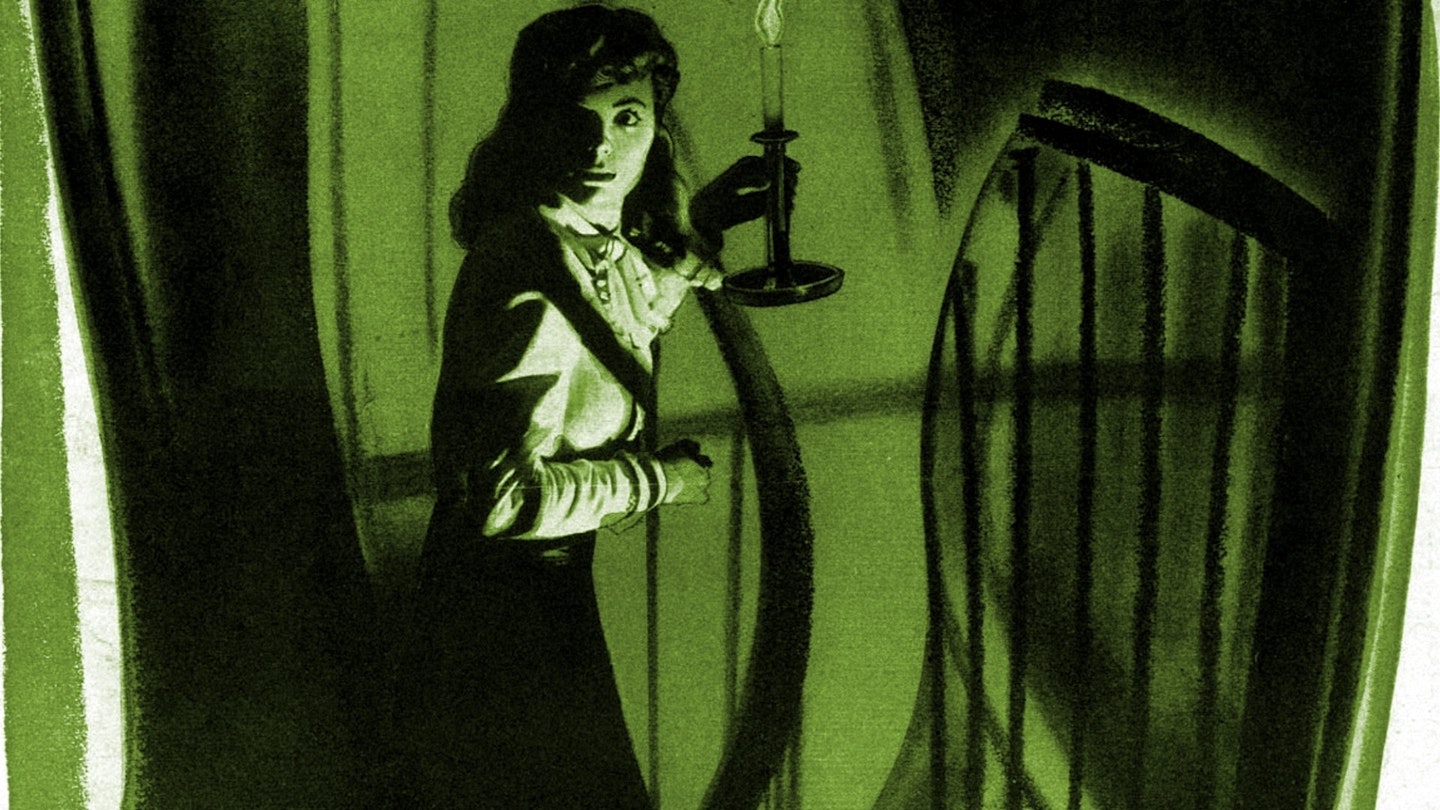Based on Ethel Lina White's novel Some Must Watch, this was a throwback to the early days of Talkie horror when the Expressionist visuals imported from Germany were allied to the latest sound effects to produce what became known as the `Old Dark House' thriller. Indeed, this was almost a case study in stock shock effects, with the whistling wind creaking doors and gates and blowing curtains and candles to whip up the eerie atmosphere.
But director Robert Siodmak also made numerous references to cinema's silent past to reinforce Helen Capel's mute vulnerability (in a change from the book, where she was crippled but quite capable of speech). Thus, the trip to the nickelodeon was not only a quaint period detail (the first makeshift movie theatres had opened in 1905, the year before the film story takes place), but it also emphasised the limitations of non-verbal communication to anticipate Helen's imminent peril. The surfeit of mirrors and windows in the Warren mansion similarly recalled the German films of Fritz Lang, who was UFA's star director when Siodmak began his career, and whose use of mood and shadow was a key influence on the house horror style at Universal, where Siodmak had made the likes of Son of Dracula, Phantom Lady and The Suspect (all 1944) before moving to RKO.
However, some have claimed this chilling classic for film noir, on account of its use of brooding chiaroscuro and psychological dislocation. There's certainly plenty of then-chic Freudian allusion on display, with Helen having been dumb since a childhood trauma, while the sins of the sons owed much to the domineering nature of the now bed-ridden matriarch. Moreover, audiences in 1946 would probably have recognised the link between the killer's motive and the newly exposed Nazi experiments in eugenics, which had been inspired by a similarly sinister detestation of non-conformity.
Although Ethel Barrymore earned an Oscar nomination, the ensemble playing was uniformly excellent. But the star turns here were Albert S. D'Agostino's wondrously unsubtle sets and Nicholas Musuraca's prowling deep-focus photography, which kept viewers ever vigilant while leaving them in the dark.
